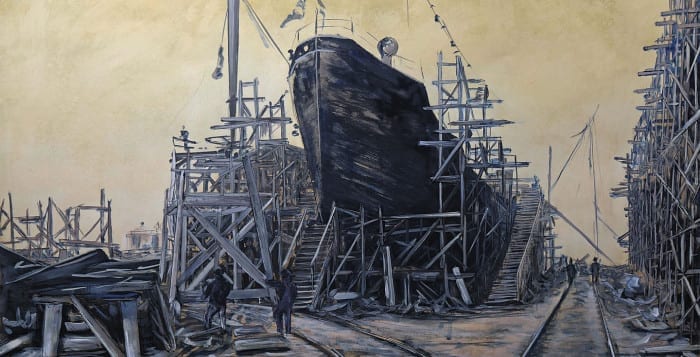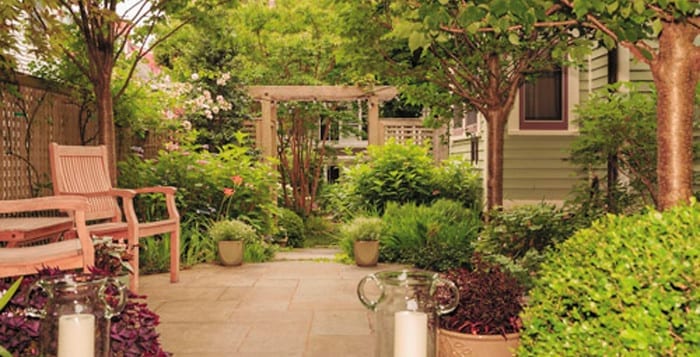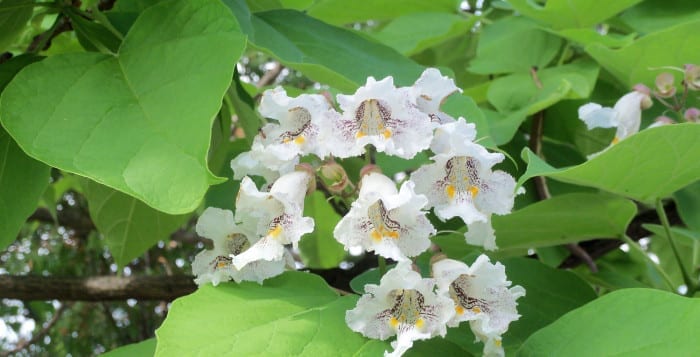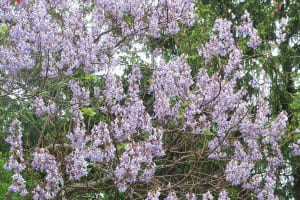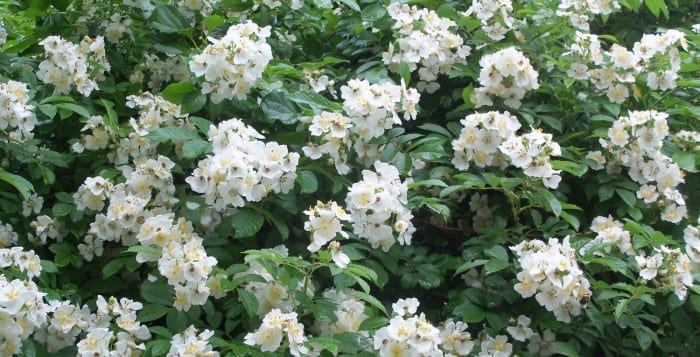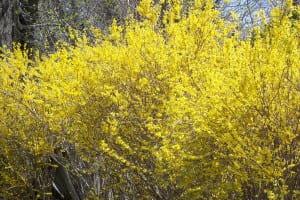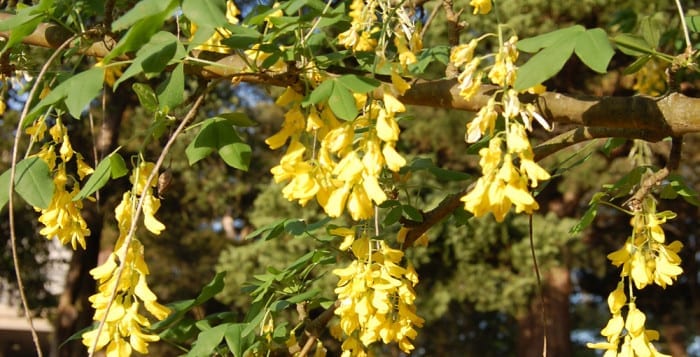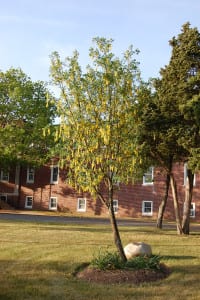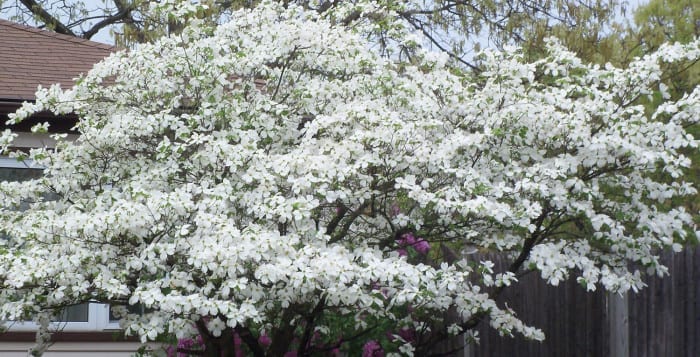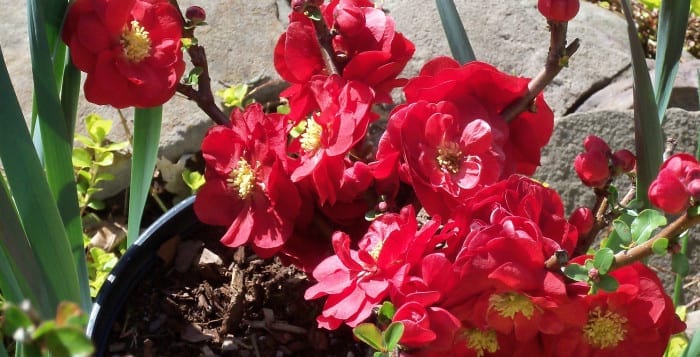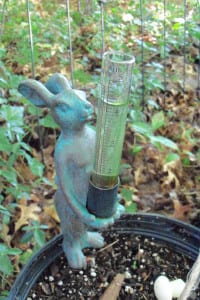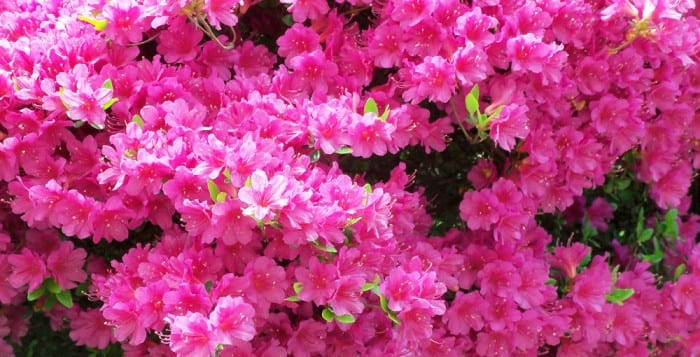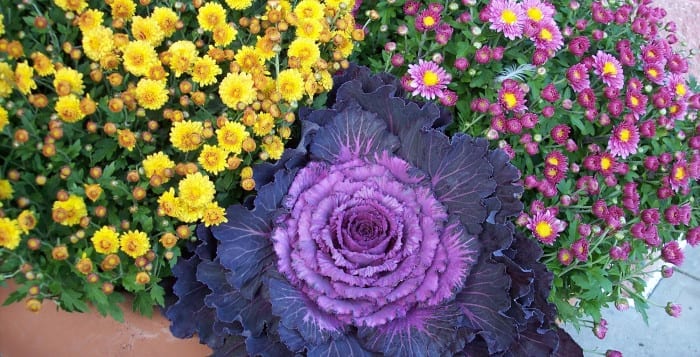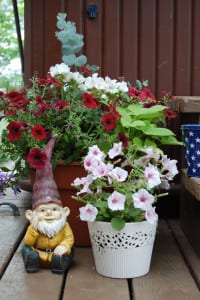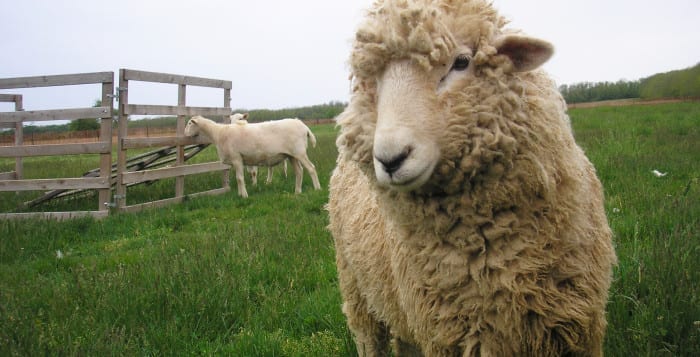By Ellen Barcel
The Port Jefferson Village Center recently unveiled its latest exhibit, Captured! Photographs to Paintings.
The exhibit features enlargements of historic photos by Arthur S. Greene together with over two dozen modern paintings, inspired by Greene’s vision.
Greene, born in England several years after the end of the American Civil War, came to Port Jefferson via Pennsylvania with his wife in the 1890s. After working for the Union Photography Company, he opened up his own studio here and for decades photographed Port Jefferson and its surroundings.
Like 19th century Setauket artist William Sydney Mount who painted local scenes, Greene captured the early 20th century locale, but in photographs: local scenery, houses, events, churches, the waterfront, the farms and businesses, from early cars and gas stations to a chauffeur on the Tinker estate in East Setauket.
Kenneth C. Brady, in his book, “Arthur S. Greene, 1867-1955: The Life and Work of a Long Island Photographer,” noted that “In 1905, capitalizing on the postcard craze that was sweeping the nation, Greene prepared 150 different views of Port Jefferson and vicinity.” Through the first half of the 20th century Greene produced an invaluable body of work that captured pre-World War II Long Island and the early postwar period.
The exhibit was created by the late Michael R. Kutzing, a local artist and former owner of MRK Gallery in Port Jefferson. “Mike would go to the Village Center,” said Denise Kutzing, Mike Kutzing’s widow, “and talk to Ken Brady.” They both thought that the exhibit would be a great idea. Brady, former village historian, had digitally archived over 10,000 historic photos from the area for the village. All photos for the current exhibit are from Brady’s own collection.
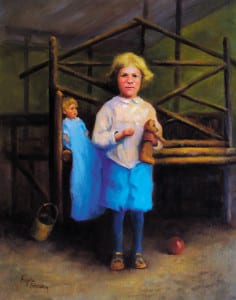
Noted artist Irene Ruddock, who is assisting with the exhibit, said Kutzing long had the idea of using Greene’s historic paintings as inspiration for local artists’ own work. She added that Kutzing went to many art shows in order to select the over two dozen artists invited to participate. He told each that they didn’t need to exactly reproduce Greene’s black-and-white photos but to “Do your vision, your interpretation of the photos.”
With the help of Sue Orifici, who is in charge of Graphic Archival and Special Projects for the Village Center, Kutzing selected 60 photos and put them on his website. It was from those images that each artist was able to select his or her own inspiration.
Kutzing himself didn’t finish his own painting for the exhibit. “He worked right up to the end,” said Ruddock. When he passed last January, she noted, “all of the artists were committed to him. It [the exhibit] was for him, it’s a tribute to him — his legacy.” His widow, Denise, took over the responsibility of preparing the exhibit, assisted by Ruddock (whose painting of the “Gamecock Cottage” will be in the exhibit) and Orifici. Denise Kutzing added “Sue loved his enthusiasm — without her, his vision wouldn’t have happened.”
In addition to the over two dozen Greene photos and modern interpretations by the 28 participating artists, other works by Michael Kutzing himself will be in the exhibit, including his unfinished painting inspired by the Greene photo. Denise Kutzing noted that her husband’s painting was called “Serenity.” “He wanted to make sure it was done. It really was a dream of his.” The inspiration was Greene’s photograph titled “Jones Street, Now Main Street.”
Denise Kutzing noted that her late husband was a surveyor by profession and “a very talented woodworker — very precise. This led to his paintings being very much like photographs.” When he retired, Michael Kutzing enthusiastically began painting. “Painting became his passion. In the beginning he didn’t realize his talent,” she said. He became involved with many artist groups but, “his heart was with the Setauket Artists group.”
“He said that belonging to the Setauket Artists gave him a sense of accomplishment and pride. Within a few years, Mike became our Honored Artist, not only for his beautiful paintings which won many awards, but for his unparalleled desire to elevate our professionalism,” said Ruddock.
Setauket Artist Robert Roehrig noted, “Mike’s attention to detail in the woodwork reminds me of the magnificent detail in his artwork.” Added Neil Watson, executive director of the Long Island Museum in Stony Brook, Kutzing “was a gifted painter and a wonderful colleague. The museum was fortunate to have Michael as a core member of the Planning Committee for our newest membership initiative for artists, a collaborative arts group. We will miss him.”
The Captured! exhibit is sponsored by the Village of Port Jefferson, the Recreation Department at the Village Center and the Port Jefferson Harbor Education and Arts Conservancy.
Participating artists include Paul Bachem, Ned Butterfield, Jim Berger, Al Candia, Dennis Coburn, Anthony Davis, Jeanette Dick, Bill A. Dodge, Donna Grossman, Peter Hahn, William Haney, Melissa Imossi, Vito Incorvala, Michael R. Kutzing, Jane McGraw Teubner, Terry McManus, Kirk Larsen, Joe Miller, Jim Molloy, Muriel Musarra, Iacopo Pasquinelli, Doug Reina, Rob Roehrig, Irene Ruddock, Oscar Santiago, Angela Stratton, Mary Jane Van Zeijts and Patricia Yantz.
The public is invited to meet the artists at an opening reception on Saturday, July 11, from 2 to 4 p.m. The exhibit will run through Aug. 28.
The Port Jefferson Village Center, 101A E. Broadway, Port Jefferson is open seven days a week from 9 a.m. to 9 p.m. For more information, call 631-802-2160.

